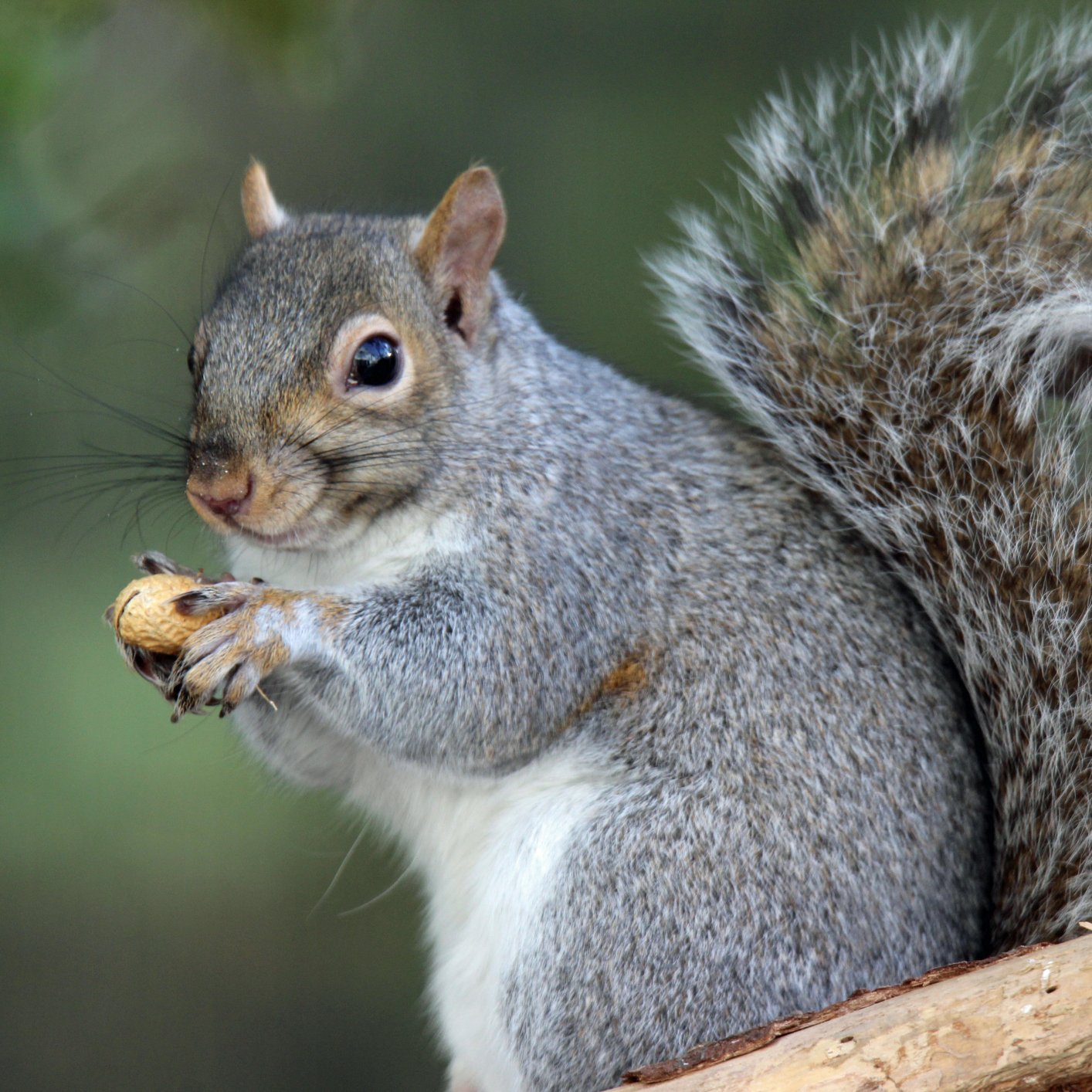

With the exception of Antarctica, wherever there are people there are squirrels. Whether you live in the city or in the country, in a forest or a desert, you probably have squirrels for neighbors.
There are more than 200 species of them, living underground, above ground, or in trees. In just about any city park in the United States you’ll see them scurrying about (in fact, a group of squirrels is called a scurry), chasing each other or looking for nuts or other food.
Squirrels are rodents, characterized by continuously growing incisors. With their big eyes and bushy tails, they have a fairly high cuteness quotient. While they don’t get the same bad press as other rodents, such as rats and mice, they’re not typically kept as pets. Perhaps as a result, most of us don’t know too much about squirrels.
To address that, and in the spirit of the recently observed National Squirrel Appreciation Day, 24/7 Wall St. has compiled 25 surprising facts about squirrels.
If you want to learn more about where and how long squirrels live, what they eat and what eats them, how fast they can run and how far they can fly, read on.
Click here to see 25 surprising facts about squirrels.
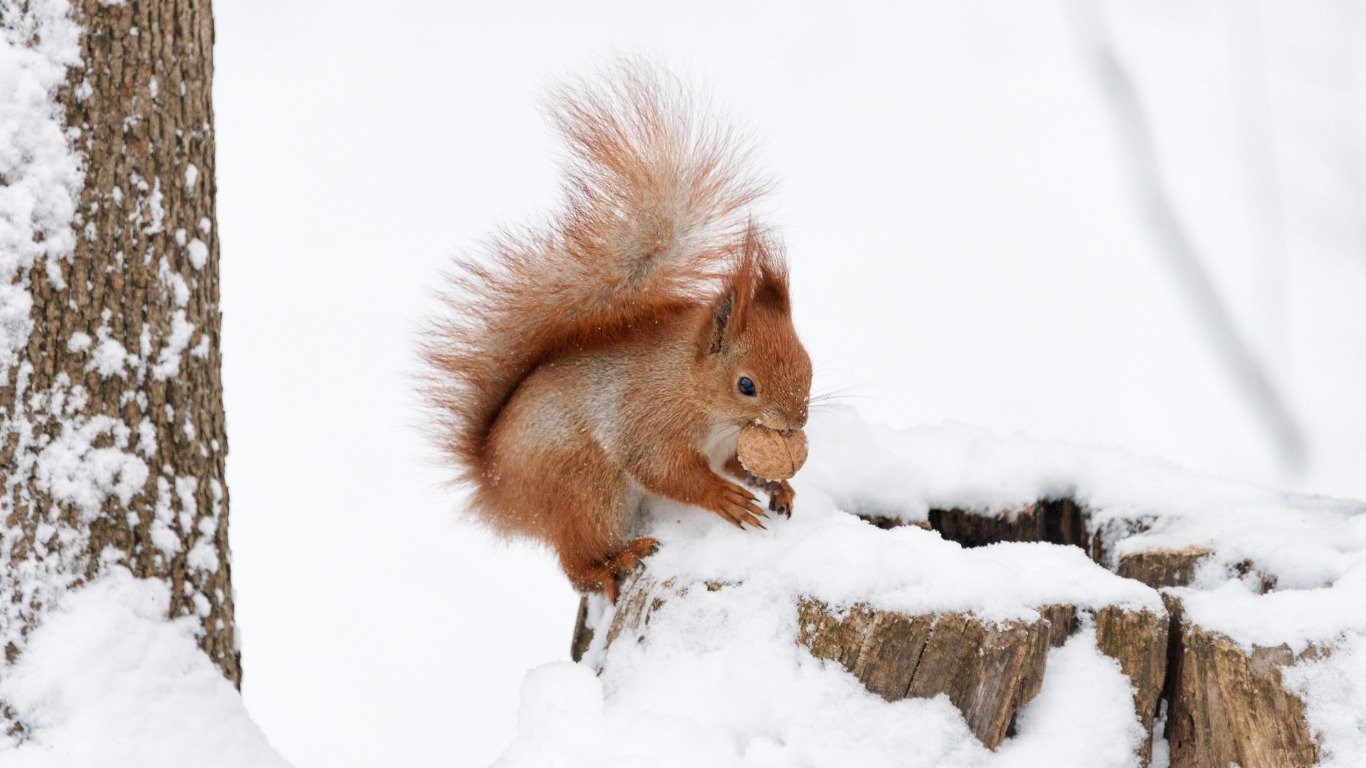
1. Squirrels can lose up to 74% of buried nuts
Gray squirrels are great hoarders. When the weather starts to get colder, they bury and rebury nuts far and wide. But they don’t always find them. Some are lost and some are stolen — squirrels will even create fake caches to fool nut thieves. The University of Richmond has estimated that squirrels can lose up to 74% of their stashes.
[in-text-ad]
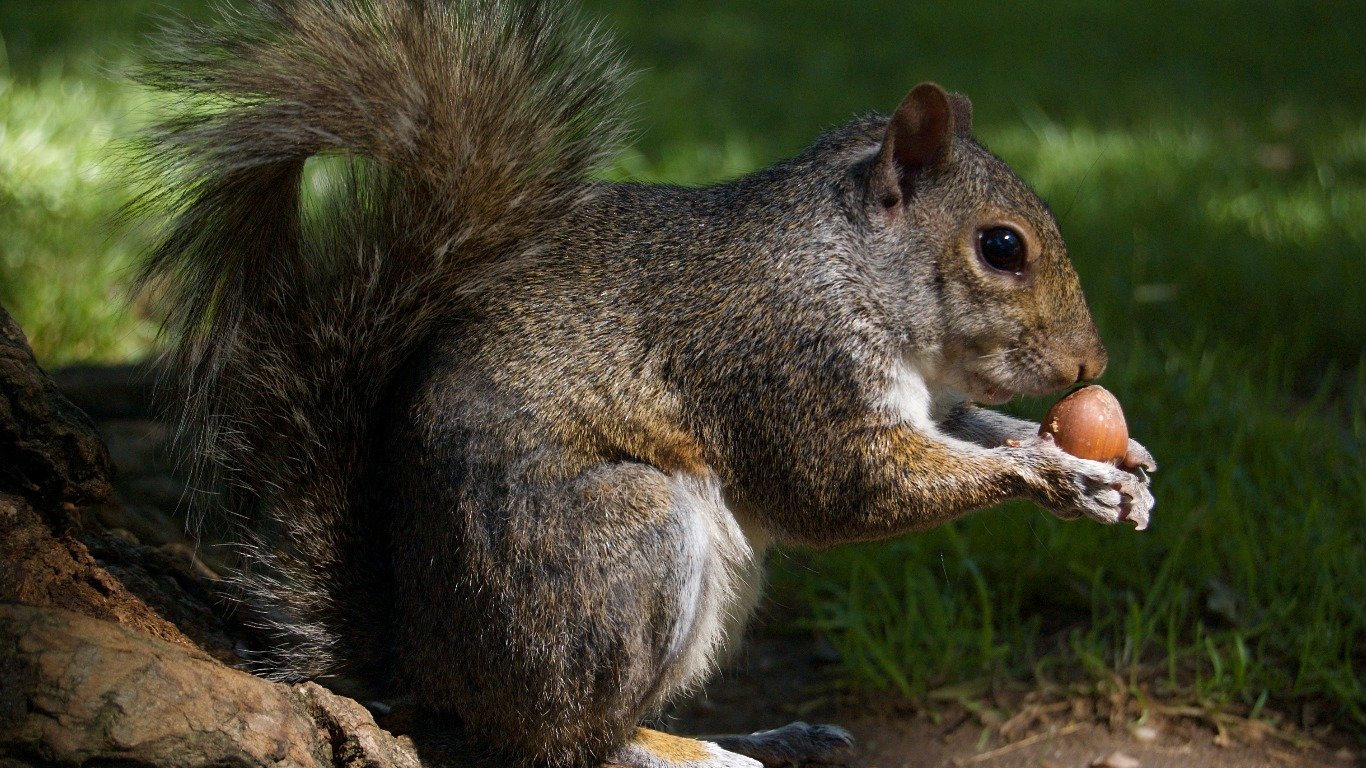
2. Those lost nuts can help replenish oak tree populations
Misplaced nuts — including acorns, or oak nuts — might be a problem for squirrels, but they can still feed forests. Mighty oaks from little acorns grow, including ones lost by squirrels. Their fondness for stashing nuts all over the place is an added benefit when it comes to forest regeneration.
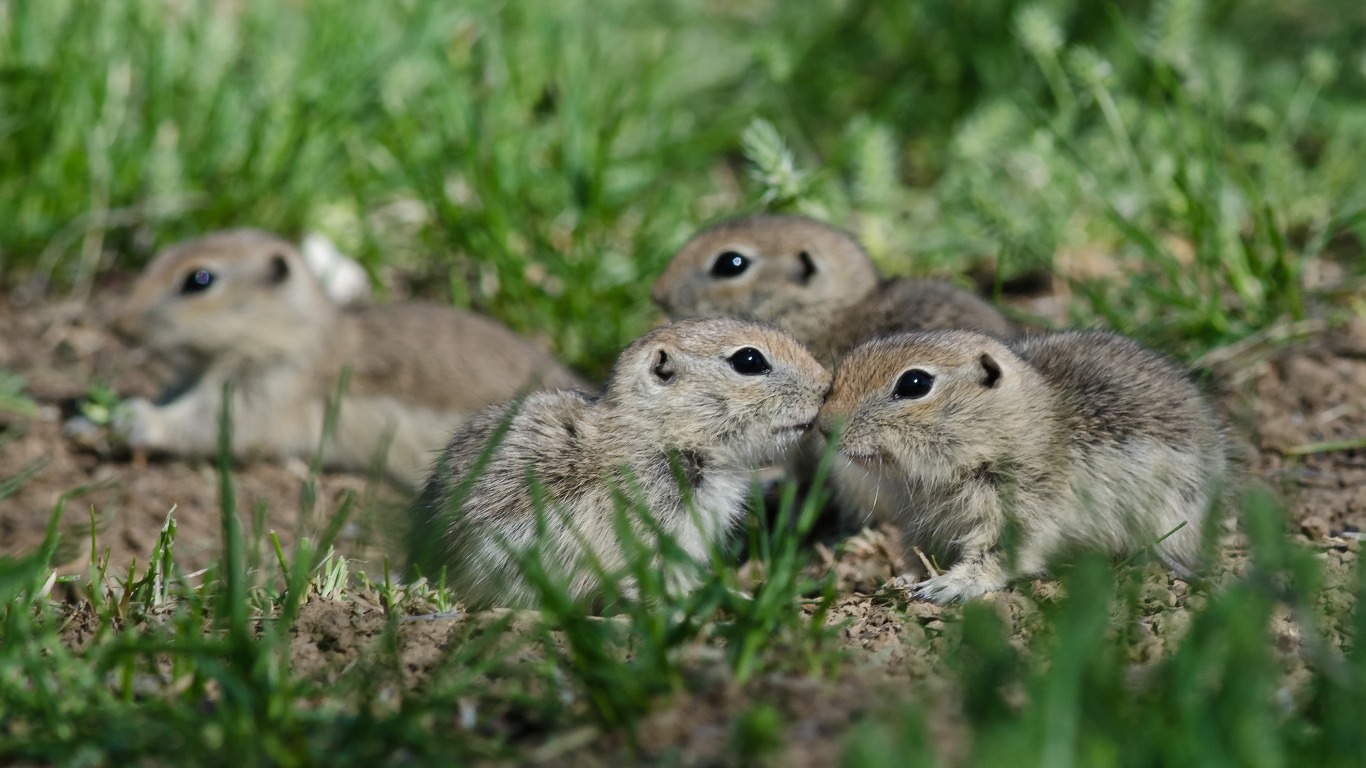
3. A group of squirrels is called a “scurry”
A group of squirrels is called a “scurry” or a “dray,” but it’s not a very common sight — many squirrels are solitary creatures and highly territorial. The term dray also refers to a squirrel mother and her young.
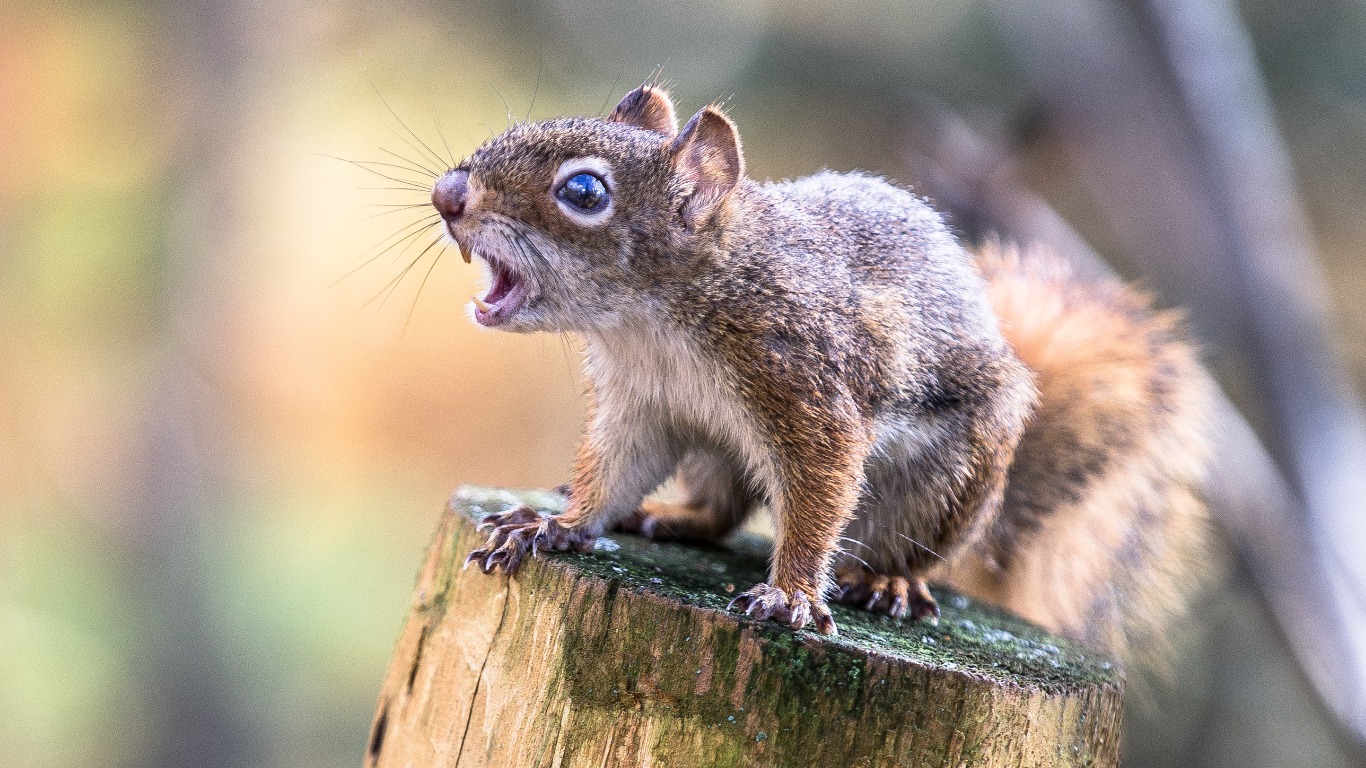
4. Squirrels can be vicious — they’ll fight to the death over territory or to defend their young
Squirrels can be very trusting and will even eat from a person’s hand, unlike most wild animal species. However, they are also territorial and have sharp teeth, so they are not to be messed with. Occasionally, they might even go on a biting rampage — like the one in Brooklyn’s Prospect Park last summer — although there have been no known cases of squirrels passing rabies on to humans in the U.S.
[in-text-ad-2]
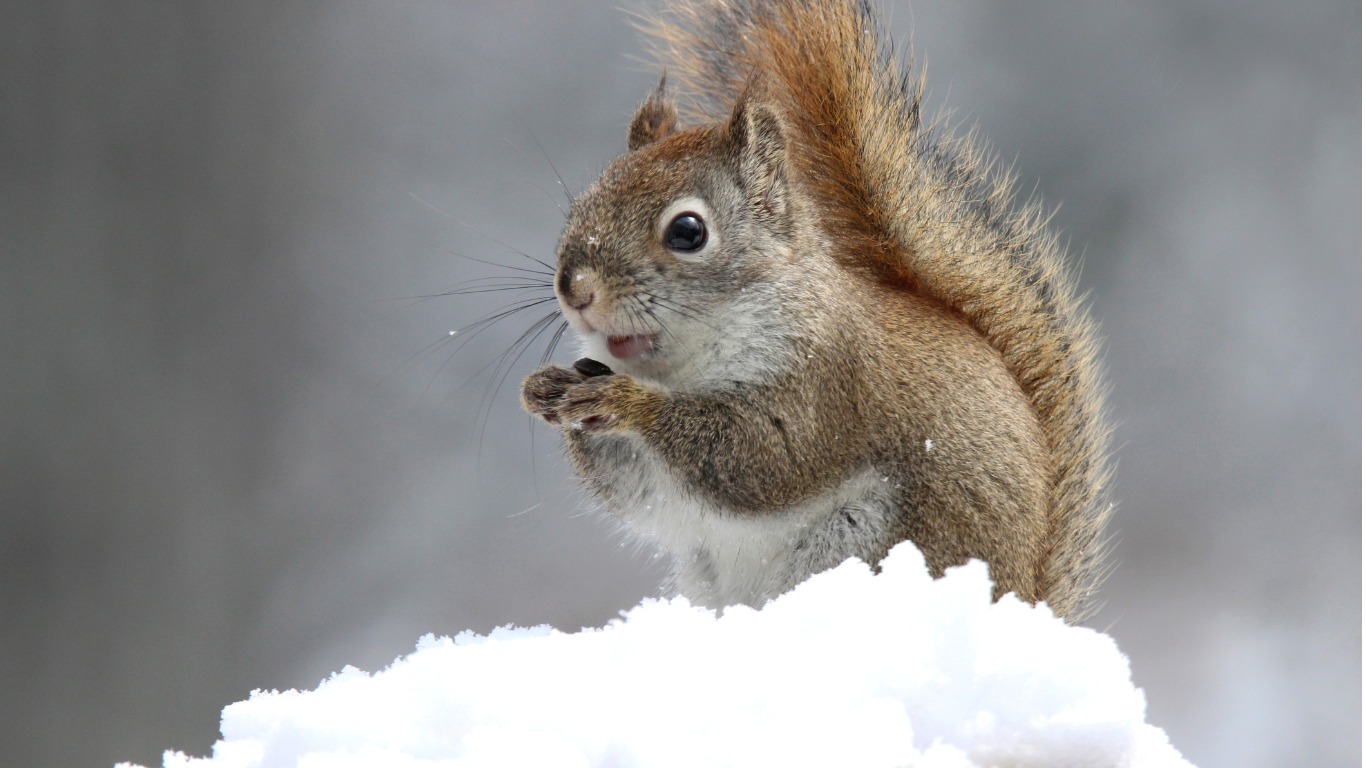
5. They find buried nuts by smell
Squirrels stash nuts when the weather gets colder so they need to be able to find them when winter hits. Fortunately, they have a good sense of smell — they can smell food under a foot of snow and will dig a tunnel to retrieve it.
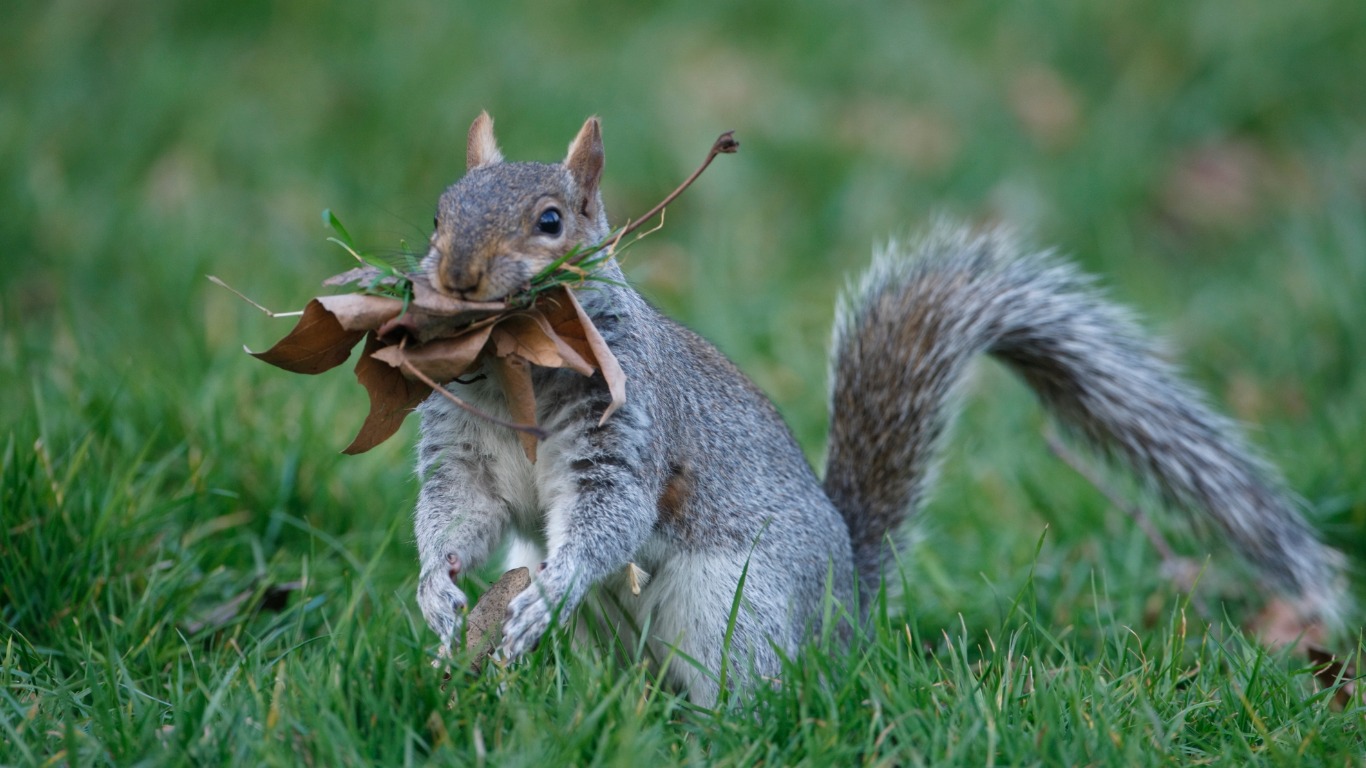
6. It’s not just nuts; squirrels also eat insects, caterpillars, and even baby birds
Despite their association with nuts, squirrels are omnivores. They also eat leaves, roots, seeds, bark, tree sap, insects, eggs, and even baby birds. They’re also part of the food chain themselves and have to be wary of predators, especially as they have few natural defenses.
[in-text-ad]

7. There are no squirrels in Antarctica
There are more than 200 squirrel species around the world. Squirrels were introduced to Australia in the 19th century, joining all kinds of weird and wonderful creatures. Perhaps less surprisingly, Antarctica does not have squirrels.
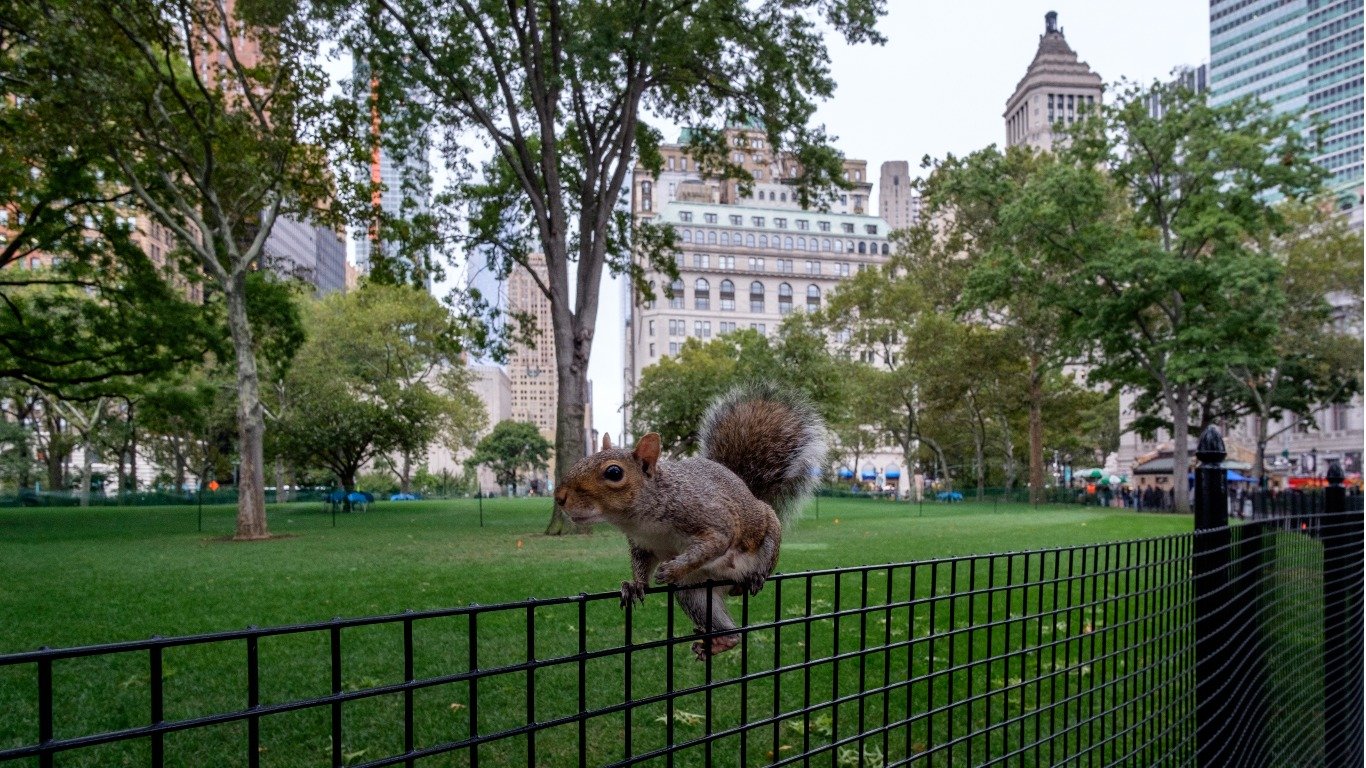
8. Squirrels were purposefully brought to New York City to liven up the parks
Before the 19th century, there were no squirrels in Central Park or in other well-known parks in New York, Boston, or Washington, D.C. Squirrels and other animals were introduced from rural America to bring more of the natural world to urban dwellers.
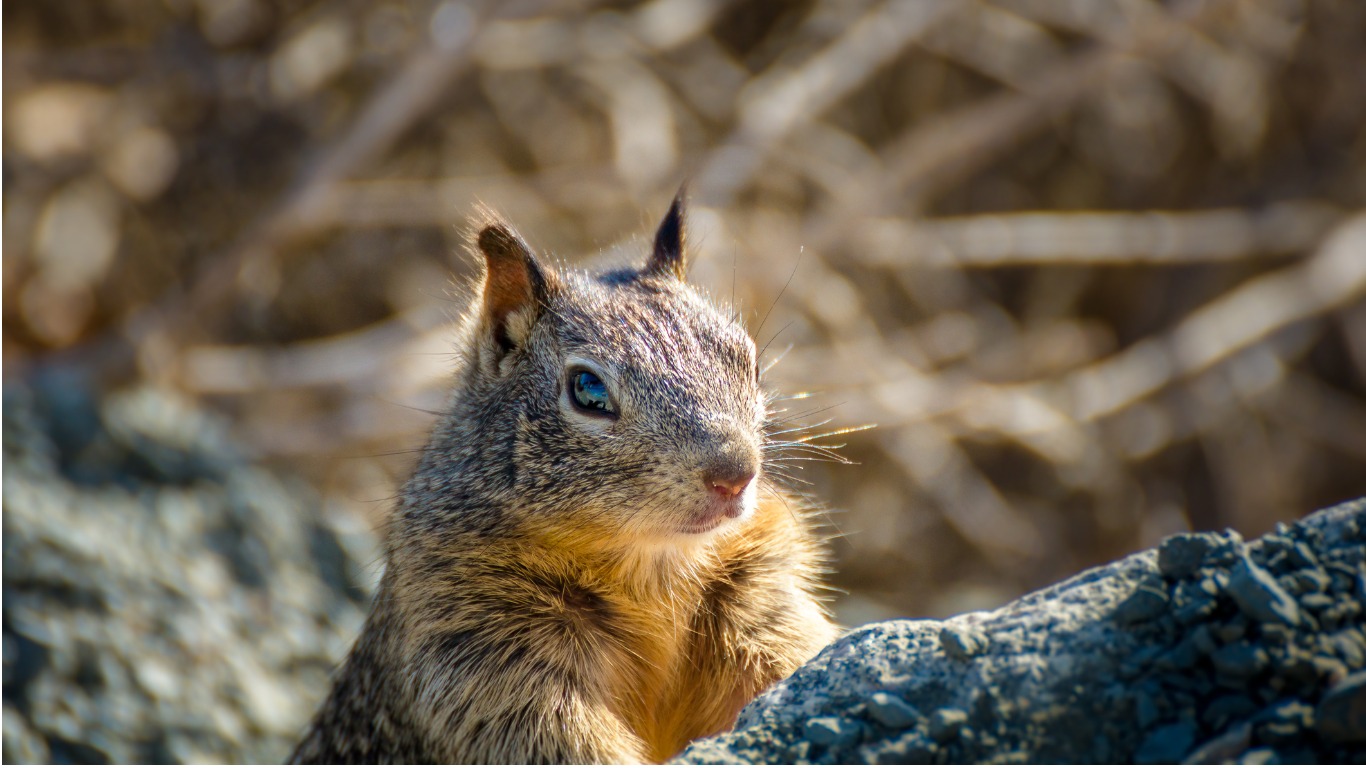
9. Up to a quarter of nuts squirrels bury may be stolen by other squirrels or birds
Since squirrels often stash their winter supplies in many different hiding places, they can’t always guard each hoard. Fellow squirrels, as well as other animals, take advantage of this and poach from each other’s supplies.
[in-text-ad-2]
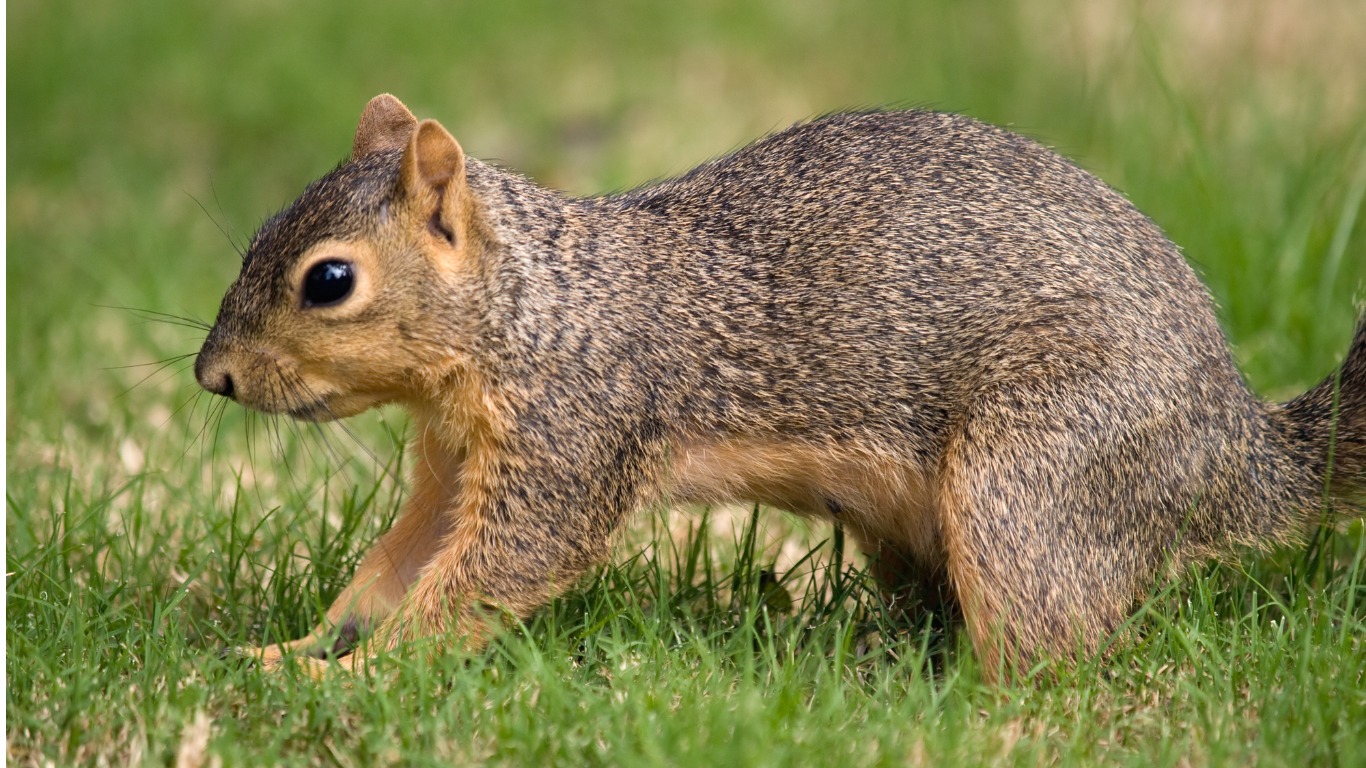
10. Some squirrels pretend to bury food to throw off food thieves
Squirrels have been known to make decoy stashes, cleverly digging holes and pretending to bury nuts in them to throw off would-be thieves. But what they are actually burying is a whole lot of nothing.
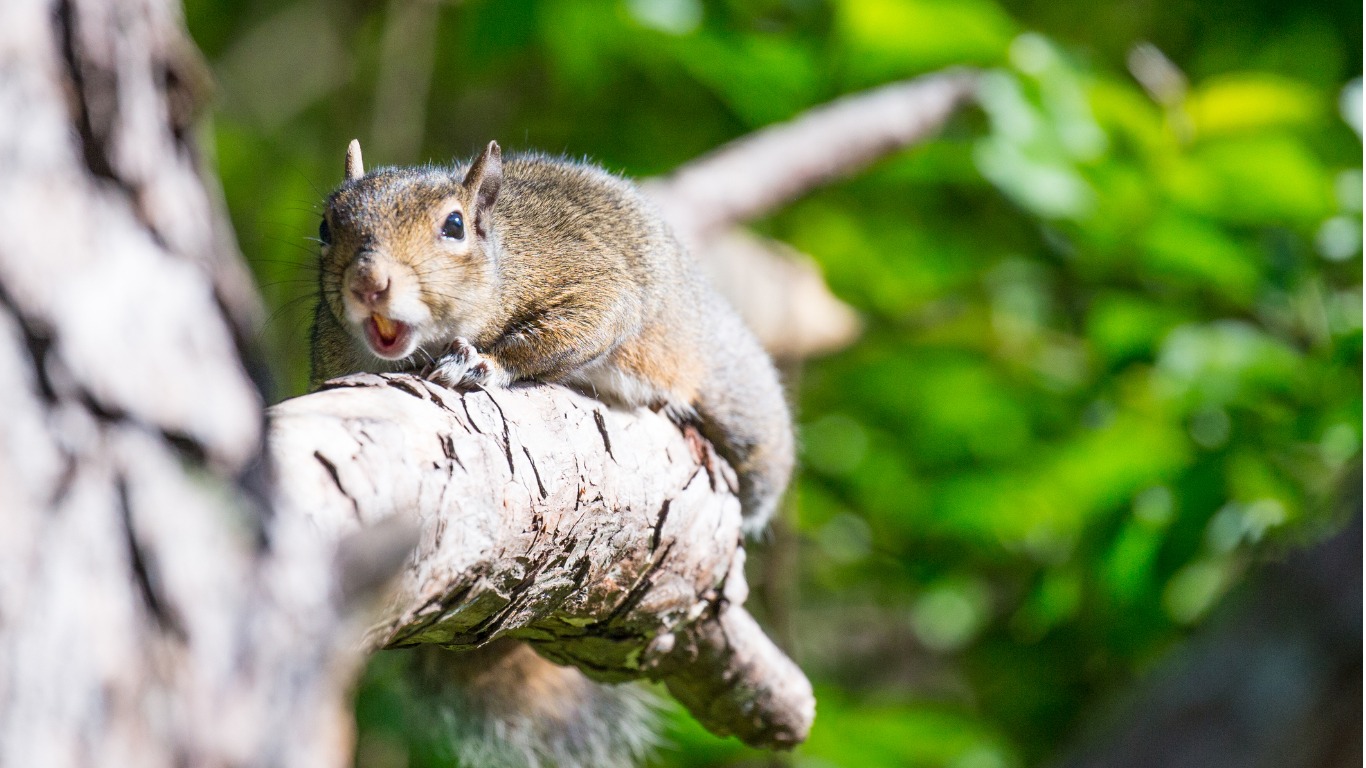
11. Their teeth never stop growing
Like other rodents, a squirrel’s front teeth don’t stop growing. In fact, squirrels need to gnaw on hard nutshells and acorns in order to keep their teeth from growing uncomfortably long.
[in-text-ad]
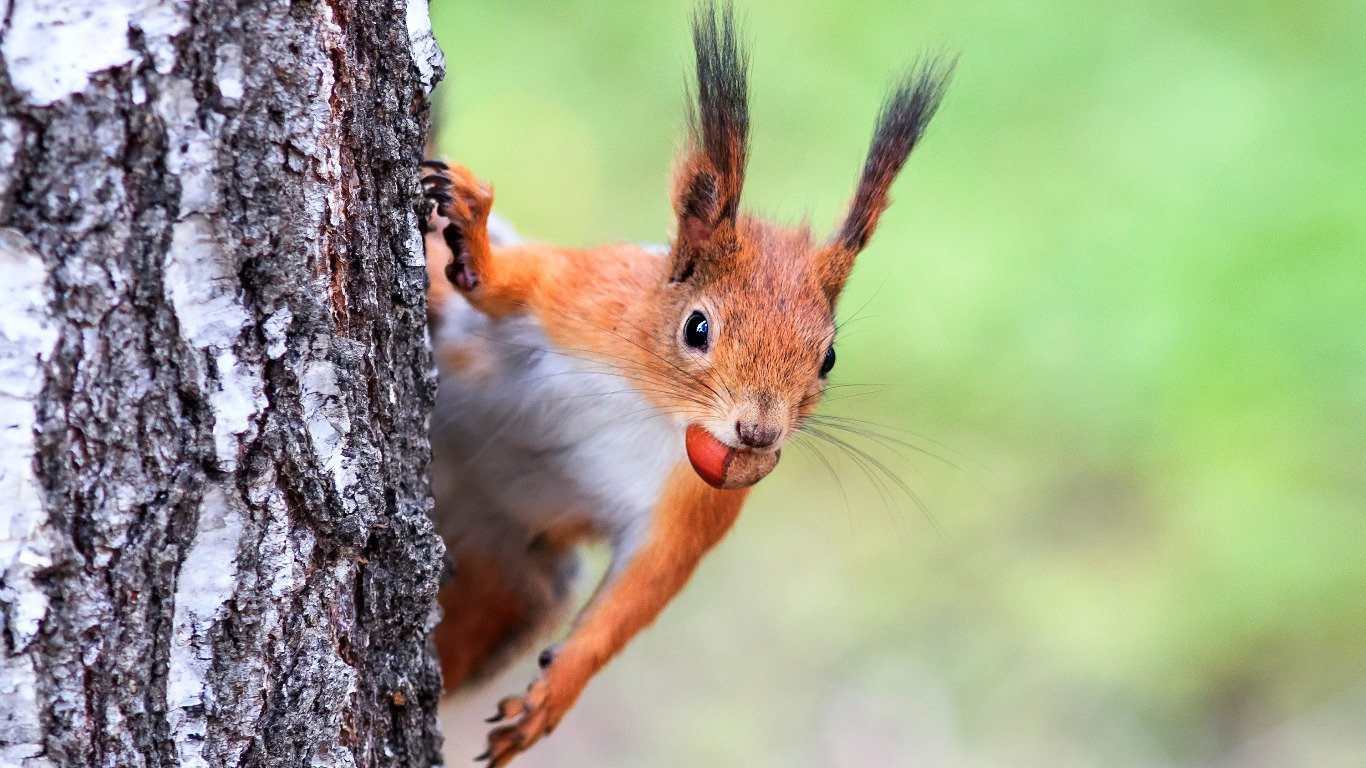
12. There are more than 200 different squirrel species
There are 200 squirrel species adapted to widely varying climates and habitats. They fall into three main groups. Tree squirrels can be found in many different places, from rural woodlands to city parks. Ground squirrels live in burrow or tunnel systems, and some hibernate in the winter. There are also many kinds of flying squirrels, although they really glide rather than fly.

13. There are 13 endangered squirrel species
The International Union for the Conservation of Nature reports 13 species as endangered, often due to habitat loss. India’s Namdapha flying squirrel is critically endangered — facing a very high risk of extinction in the wild — because of poaching.

14. Species vary in size
Squirrel species range in size from 5 inches (the African pygmy) to 3 feet (the Indian giant)! Some weigh as little as half an ounce while others weigh as much as 4 pounds.
[in-text-ad-2]
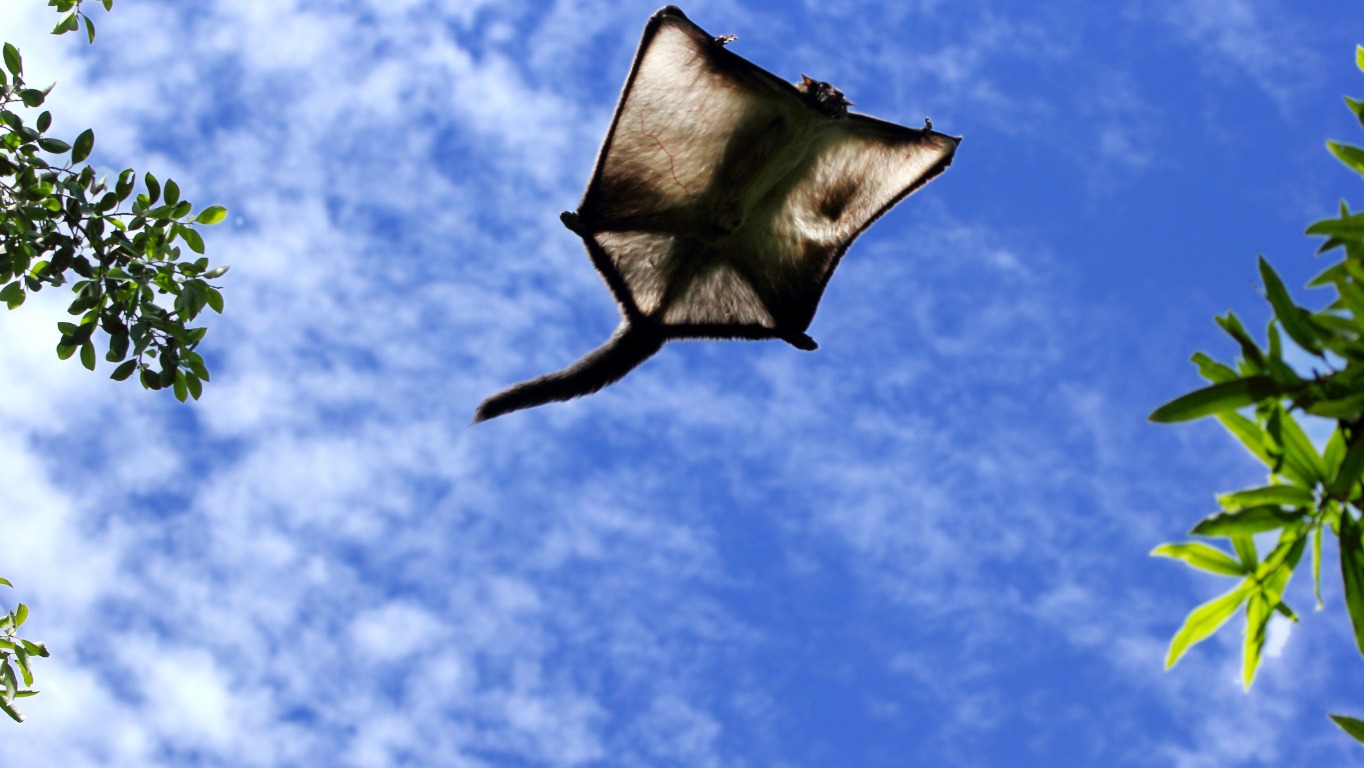
15. Flying squirrels use under arm skin flaps to glide over 150 feet
Flying squirrels are not capable of flight like birds or bats. Rather, they glide between trees using flaps of skin that act like wings and can cover as much as 150 feet.
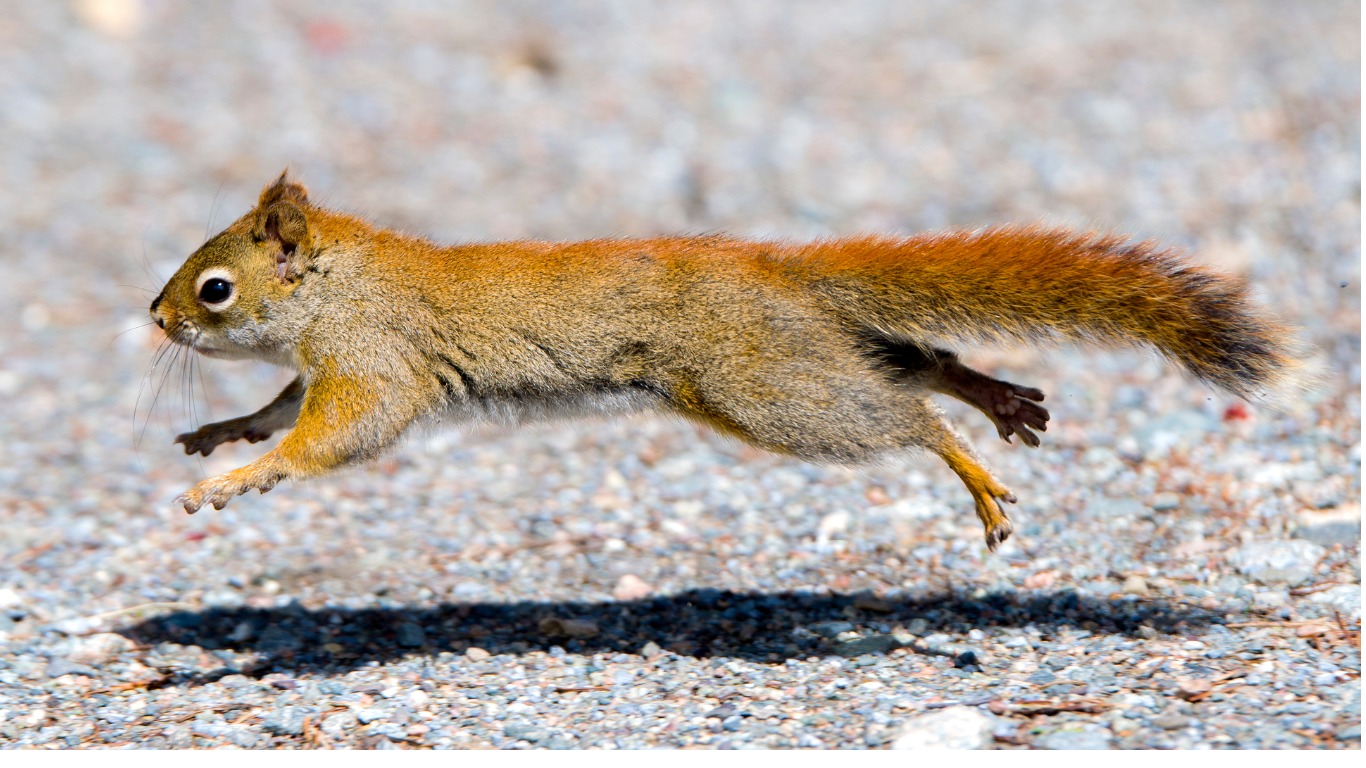
16. Squirrels use a zigzag pattern when running away from predators like hawks
Squirrels have little in the way of defenses from predators, which include hawks and owls, snakes and raccoons, and even dogs and cats. When squirrels feel threatened they run in a zigzag pattern, which is one way to evade birds of prey and other predators.
[in-text-ad]
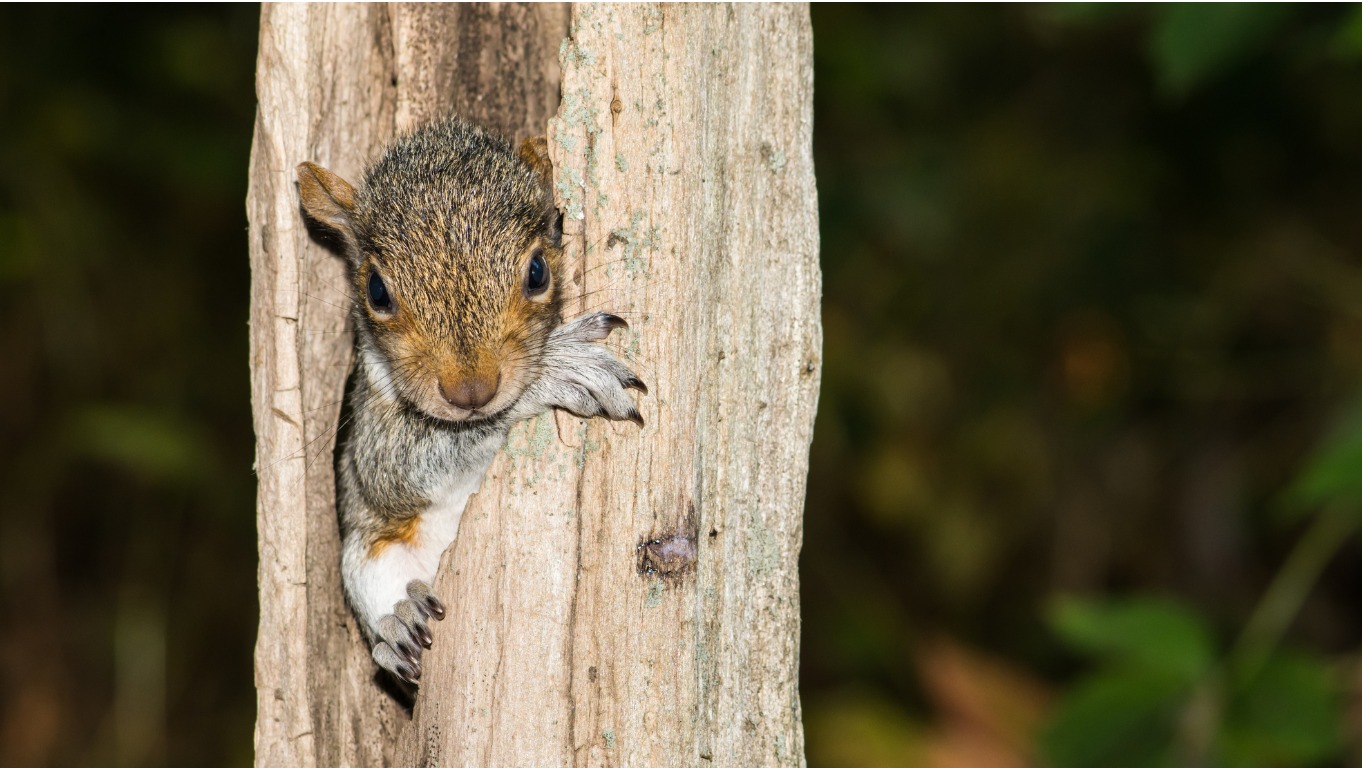
17. Mother squirrels can have several litters per year
Female squirrels can have several litters each year, if there are no such threats as habitat loss. Females gestate for 29 to 65 days, depending on the size of the species — the smaller the squirrel, the shorter the gestation period.

18. Squirrel litters can have 2 to 8 babies per litter
Female squirrels typically have litters of two to eight offsprings. Babies are called kits or kittens. They are born blind and spend their first few weeks in a nest or a den, depending on the species.
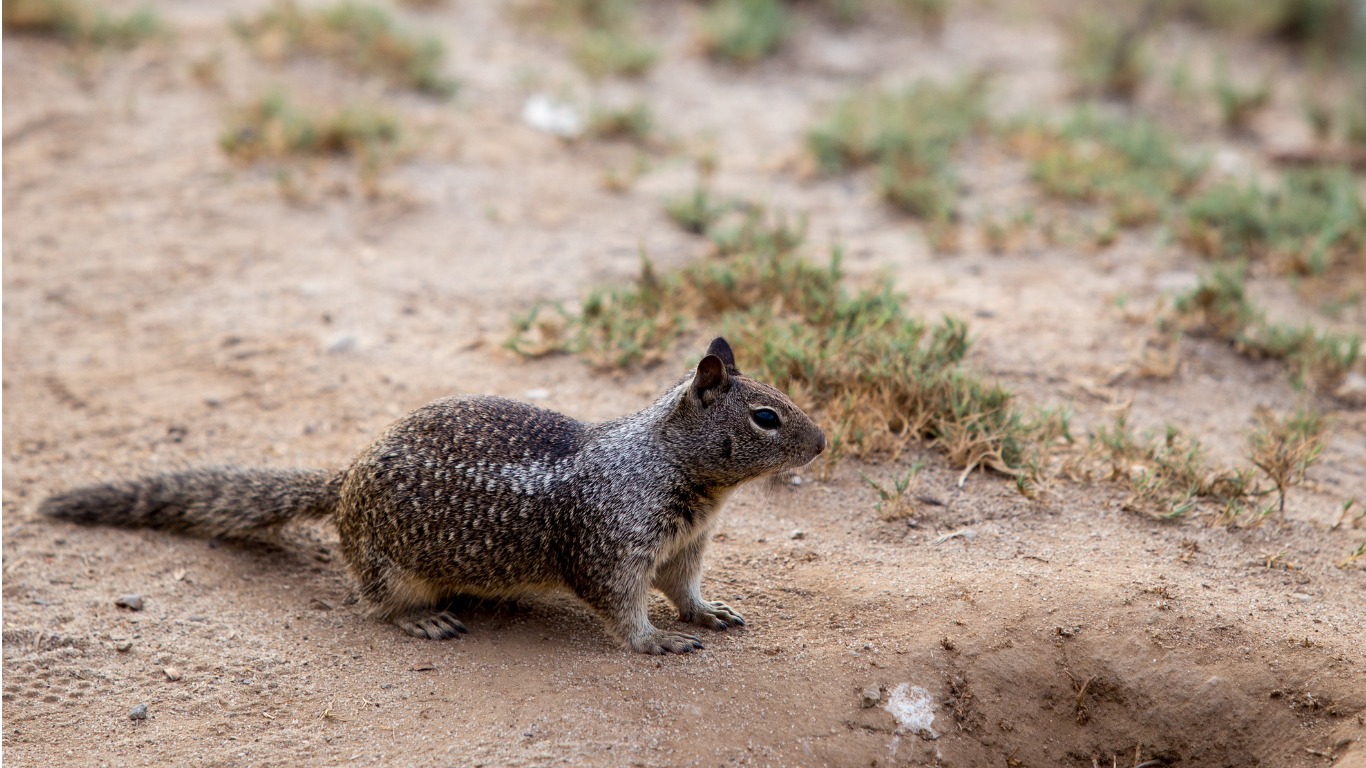
19. California squirrels heat their tails to scare off rattlesnakes
California ground squirrels have evolved an unusual defense — they heat their bushy tails and wave them to scare off rattlesnakes. The snakes can detect heat or infrared radiation that is invisible to the human eye, so this defense works even when it’s dark.
[in-text-ad-2]
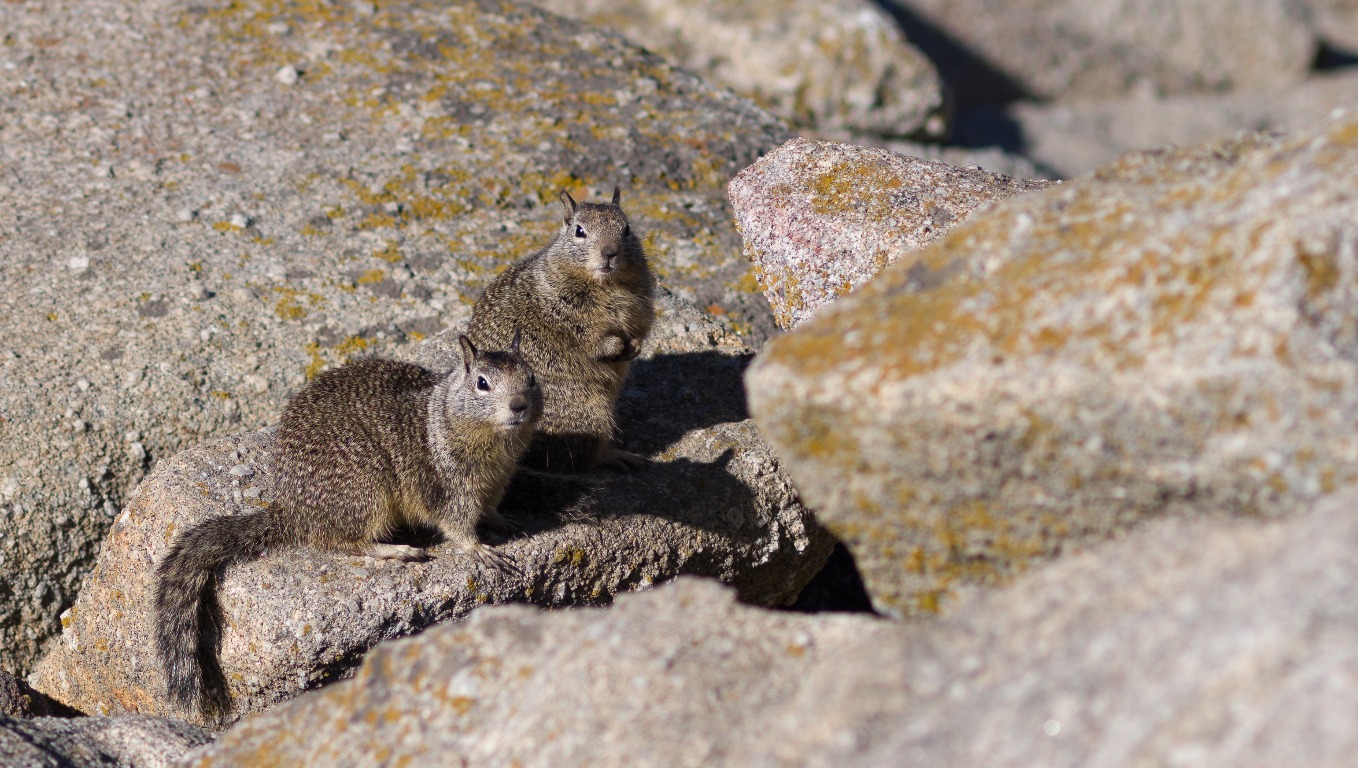
20. Some squirrels rub themselves with pieces of rattlesnakes skin to mask their scent
To avoid detection by rattlesnakes, California ground and rock squirrels will eat or rub themselves with pieces of discarded snakeskin or bathe in soil that snakes have rested in. This trick works because snakes rely more on their sense of smell than their eyesight, which is poor.
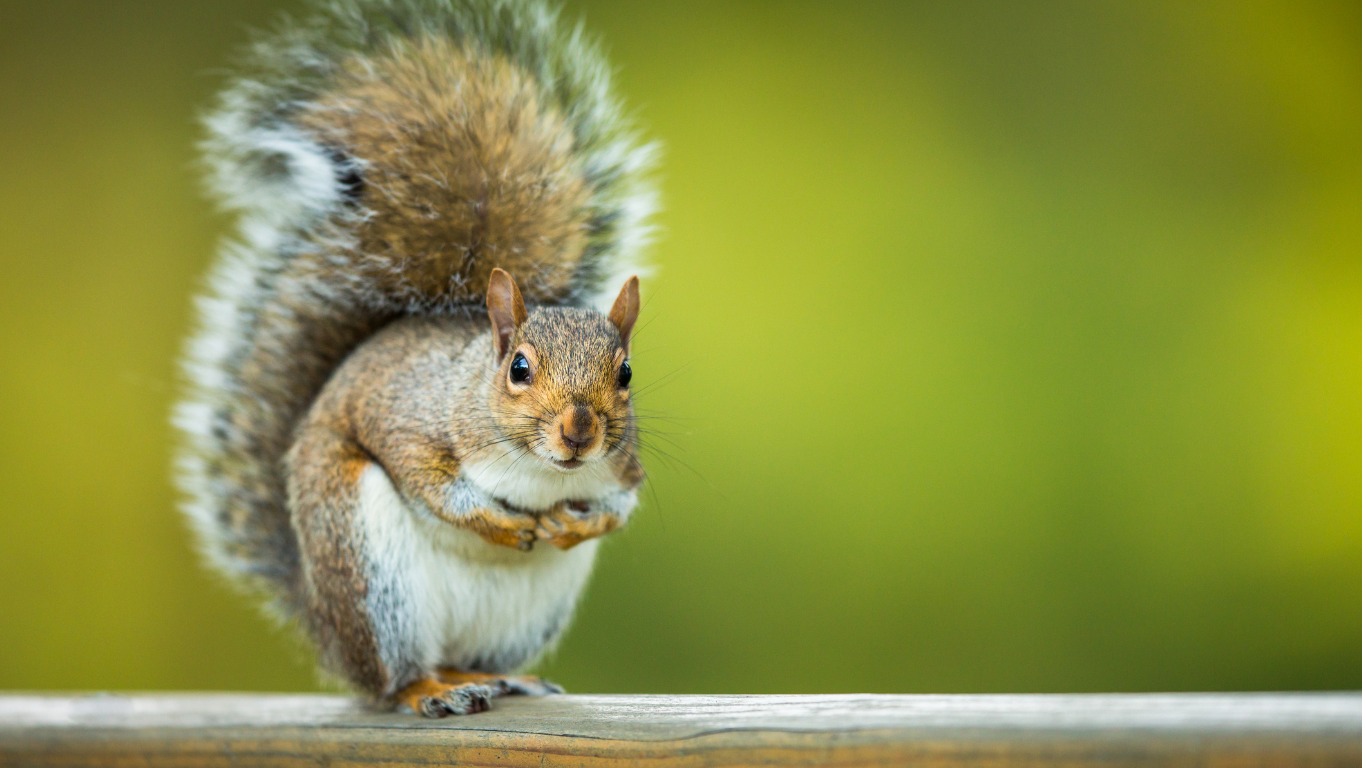
21. Squirrels can live more than 20 years
While squirrels have been known to live over 20 years in captivity, their life expectancy in the wild is far lower. It varies by species, but the life expectancy of an adult red squirrel, one of the most common species found in the U.S., is three to five years.
[in-text-ad]
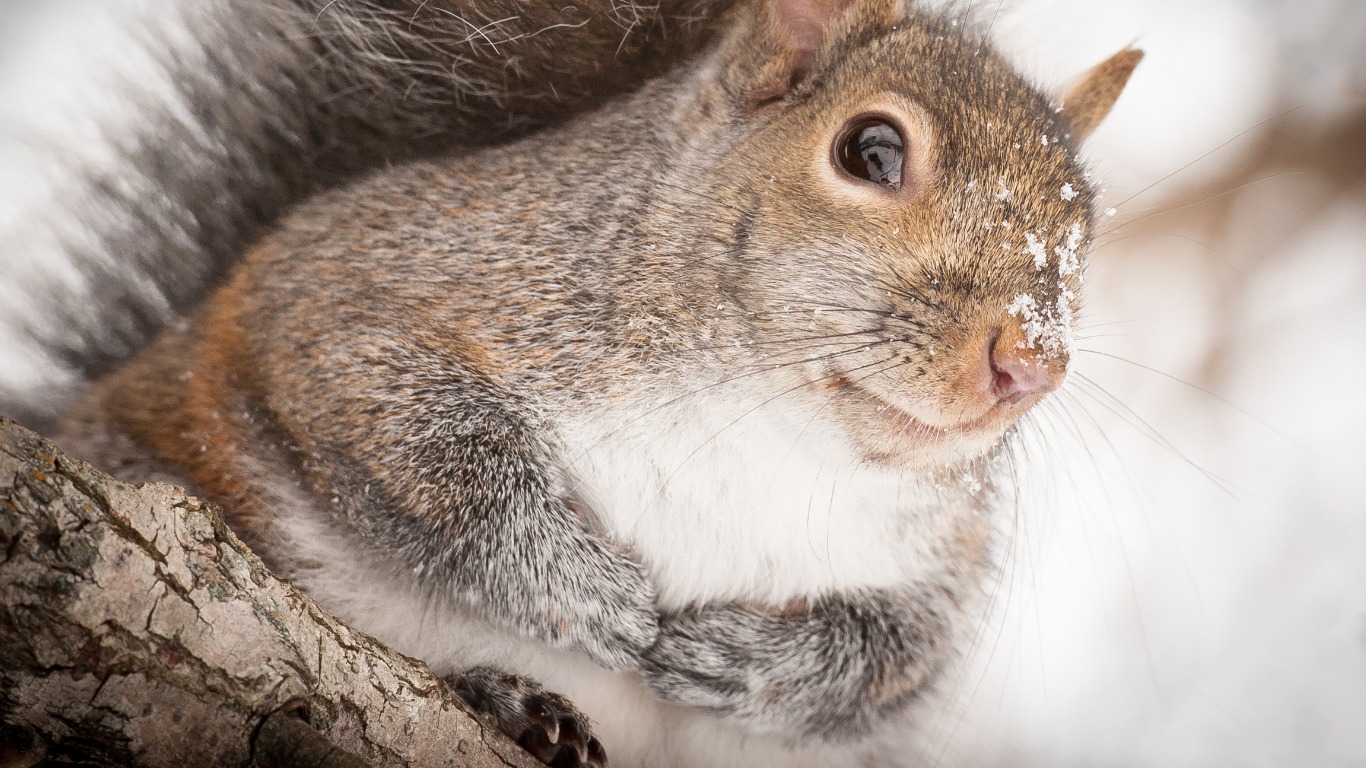
22. Squirrels put on extra weight to stay warm in winter.
Squirrels don’t hibernate in the winter, but they do slow down and spend a lot more time sleeping in their cozy nests or dens in the colder months. Another way they deal with icy temperatures? They bulk up, adding some body mass to help them stay warm.

23. Baby squirrel are born blind
Like many mammals, baby squirrels — called kits or kittens — are blind at birth and are totally dependent on their mothers for the first two or three months. They are weaned at seven or eight weeks.
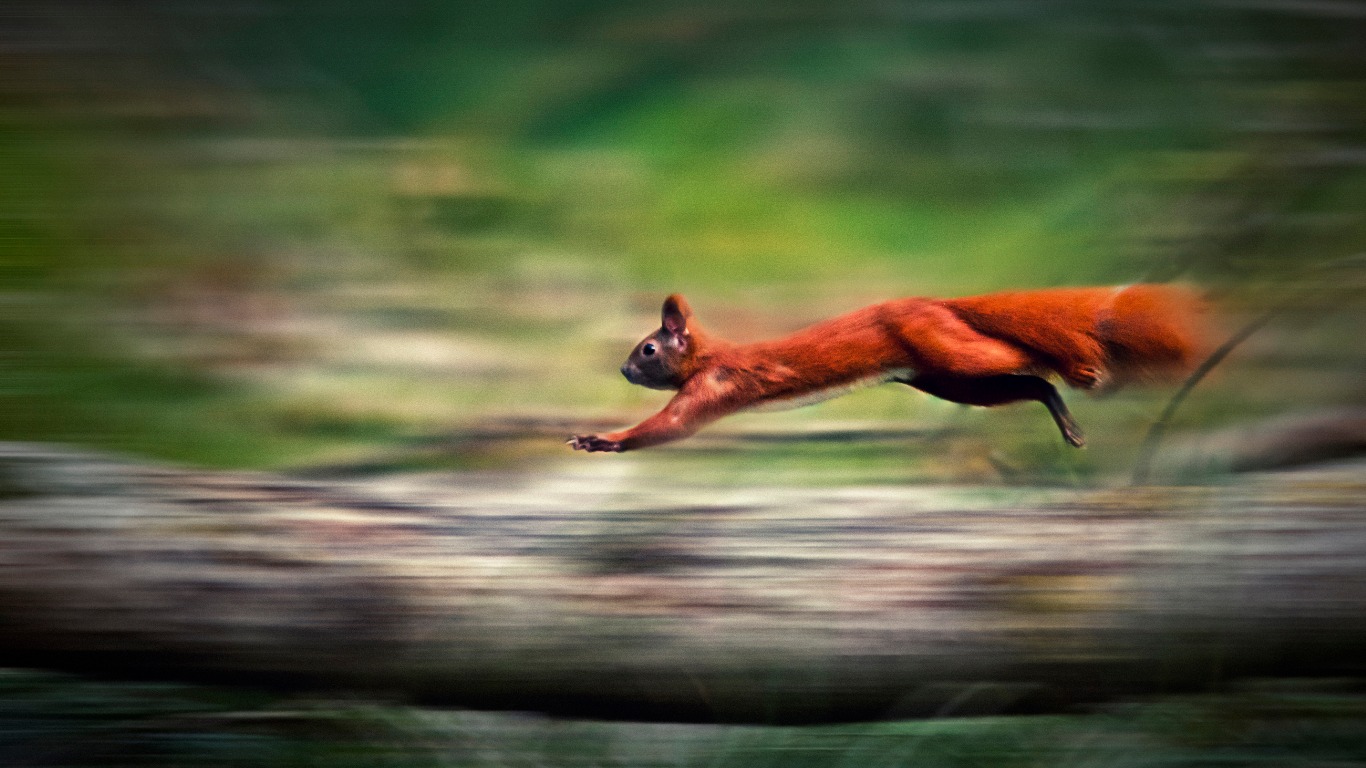
24. Squirrels can run up to 20 mph
Squirrels are fast little rodents and can quickly scamper up a tree or even run flat out as fast as 20 mph. And while they can’t actually fly, flying squirrels have webbed membranes that allow them to “sail” quickly from tree to tree.
[in-text-ad-2]

25. January 21 is squirrel appreciation day
Along with New Year’s Day, National Bird Day, and Kiss a Ginger Day, January is also the month that we celebrate squirrels: January 21 has been designated National Squirrel Appreciation Day. Americans who know about it might celebrate the day by leaving out a few tasty nuts for our bushy-tailed friends.
Sponsored: Want to Retire Early? Here’s a Great First Step
Want retirement to come a few years earlier than you’d planned? Or are you ready to retire now, but want an extra set of eyes on your finances?
Now you can speak with up to 3 financial experts in your area for FREE. By simply clicking here you can begin to match with financial professionals who can help you build your plan to retire early. And the best part? The first conversation with them is free.
Click here to match with up to 3 financial pros who would be excited to help you make financial decisions.
Thank you for reading! Have some feedback for us?
Contact the 24/7 Wall St. editorial team.
 24/7 Wall St.
24/7 Wall St.
